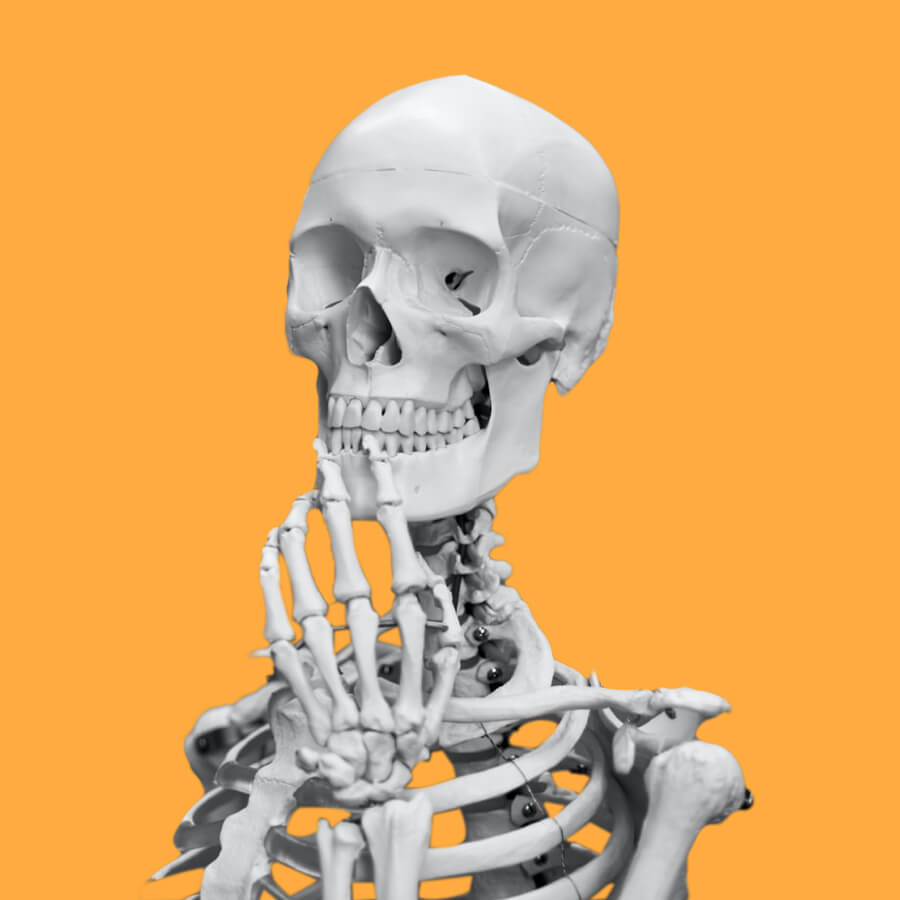Recognise Sambo
PhD Candidate (Archaeology), Curator for Sterkfontein faunal assemblages at the Evolutionary Studies Institute (ESI)
School of Geography, Archaeology and Environmental Studies (GAES), University of the Witwatersrand

Biography
I am passionate about everything I do. I like to live in the moment, and I try to find joy in the little things. I really enjoy archaeological excavations.
I think I am a jack of all trades, a hard worker who does very well in everything I commit myself to.
One of my biggest passions and research interests is working with faunal material and investigating fascinating ideas about the past environments which these animals and our early ancestors occupied millions of years ago. My goal in all this, is to understand past biodiversity patterns, and most importantly, the origin and development of life in response to climate and environmental change.
Disciplines
Taxonomy, Systematics, Taphonomy and Phylogeny.
Fields of study
My research marks the first study of bovid ecomorphology using combined caliper measurements and 3D geometric morphometrics techniques to make palaeoenvironmental inferences for South African hominin-bearing palaeocave deposits at Coopers, Kromdraai, Sterkfontein, and Swartkrans dating between ~3.4-1.3 Ma. These sites yielded significant fossil hominins from ~2.4 Ma and Earlier Stone Age from ~2.2 Ma, as well as abundant fossil remains of Bovidae used for decades as proxies for palaeoenvironmental reconstruction. This study will apply ecomorphological analysis to multiple compact bone elements, e.g., astragali, calcanea, and phalanges. These elements are specifically selected because they have morphological features representing various locomotion aspects via substrate interaction. Linear measurements and 3D landmarks will be obtained from these fossil bovids of unknown ecology and those of modern bovids with known ecological preferences to compare morphologies. Multivariate statistical analyses will be conducted for each element respectively, to determine their ability to accurately predict habitat affiliation from a four-habitat grouping scheme, namely: open, light cover, heavy cover, and forest. The main aim of this research is to reconstruct palaeoenvironments to place these assemblages within their respective ecological contexts, to trace change through time, and to illuminate the conditions in which hominins lived. Given the proximity, similar geological and evolutionary history, and palaeoenvironmental settings, I hypothesize that ecomorphology will not reveal much difference in the locomotor adaptations of bovids from the four sites, but some adaptive differences may be notable.
